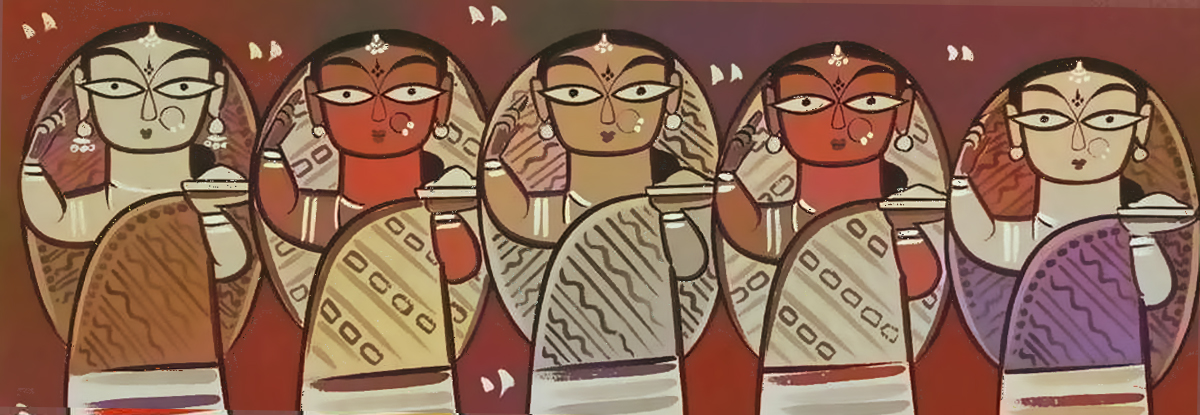Joe Roberts
FOREIGNERS OFTEN HAVE MANY PRE-CONCIEVED NOTIONS ABOUT KOLKATA. HOWEVER, HERE IS ONE TRAVEL WRITER WHO HAS LEARNT TO APPRECIATE THE DIVERSITY OF Bengali culture
Ever since its founding in 1690, Calcutta has been the great urban expression of Bengali culture. Of course, it could be said that Calcutta was, initially, not an Indian city at all but a British city in India.
Although the main thrust behind Calcuttaʼs development was colonial, there was already an ancient and sophisticated civilisation in Bengal. It was the fusion of British and Bengali cultures that gave Calcutta its unique character. For the first time Indians were confronted with a European model ofurban life. Some were able to profit from this encounter between East and West and to prosper in way that allowed them to transcend the old limitations of caste. Many embraced western education. Bengalis came to see themselves as a new type of Indian, in tune with progress and technology. This awareness led, in the middle of the 19th century, to the great flowering of cultural and social activity known as the Bengal Renaissance which, in turn, produced the first stirrings of Indian nationalism. So the people of Calcutta can take pridein an intellectual heritage that pointed India towards Independence.
Really, what impressed me most about Calcutta was the way that it buzzed with conversation. The favourite Calcuttan pastime is talking. This has a name, adda. Everybody is talking in Bengali and English and in other overlapping languages; the pavements rattle with chat. Calcutta is a confusing city. Sometimes the incessant adda confuses one further. I learn to enjoy the confusion as one enjoys a kaleidoscope.

